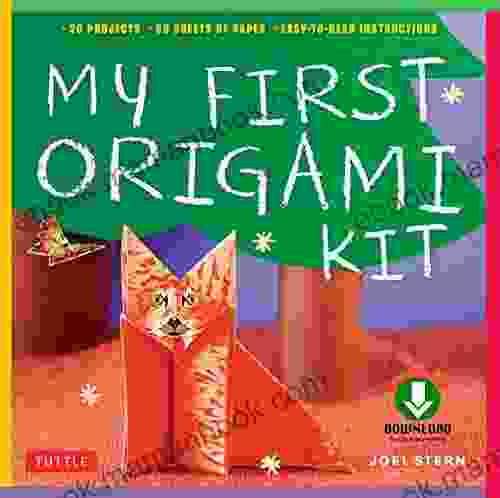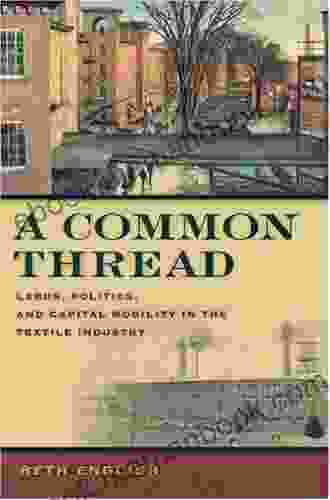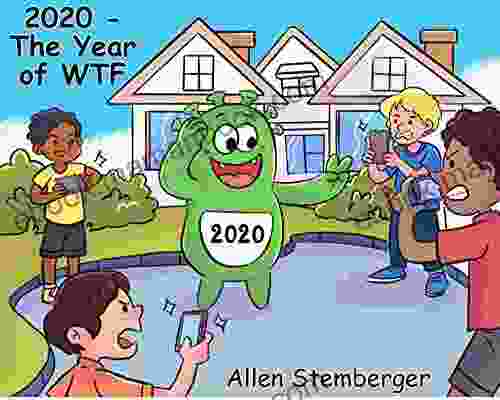Labor Politics and Capital Mobility: A Comparative History of the Textile Industry

The textile industry has long been a key driver of economic development and social change. It has also been a battleground for labor politics and capital mobility. This article explores the relationship between these two forces, providing a comparative history of the industry in different countries and regions.
5 out of 5
| Language | : | English |
| File size | : | 3010 KB |
| Text-to-Speech | : | Enabled |
| Print length | : | 248 pages |
The Early Years of the Textile Industry
The textile industry began in the early 19th century with the invention of the power loom. This new technology led to a dramatic increase in the production of textiles, which in turn led to a decline in prices. This made textiles more affordable for consumers, but it also put pressure on textile workers' wages.
In response, textile workers began to organize into unions. These unions fought for higher wages, better working conditions, and the right to bargain collectively. In some countries, textile unions were able to achieve significant gains. In others, they were met with resistance from employers and governments.
The Rise of Capital Mobility
In the late 19th and early 20th centuries, the rise of capital mobility made it easier for textile manufacturers to move their operations to countries with lower labor costs. This led to a decline in the textile industry in some developed countries, such as the United States and the United Kingdom.
However, the rise of capital mobility also led to the development of new textile industries in developing countries, such as China and India. These new industries were often able to produce textiles more cheaply than their counterparts in developed countries.
The Impact of Labor Politics on Capital Mobility
The strength of labor unions in a particular country can have a significant impact on capital mobility. In countries with strong unions, textile manufacturers are less likely to move their operations overseas. This is because unions can make it more difficult for manufacturers to hire and fire workers, and they can also negotiate higher wages and benefits.
In contrast, in countries with weak unions, textile manufacturers are more likely to move their operations overseas. This is because they can more easily find cheaper labor in other countries.
The Comparative History of the Textile Industry
The history of the textile industry in different countries and regions provides a number of insights into the relationship between labor politics and capital mobility.
In the United States, the textile industry was once a major employer. However, the rise of capital mobility in the late 19th and early 20th centuries led to a decline in the industry. Today, the United States is a net importer of textiles.
In the United Kingdom, the textile industry was also once a major employer. However, the rise of capital mobility in the late 19th and early 20th centuries led to a decline in the industry. Today, the United Kingdom is a net importer of textiles.
In China, the textile industry is a major employer. The country has a large, low-cost labor force, which has made it attractive to textile manufacturers. China is now the world's largest exporter of textiles.
In India, the textile industry is also a major employer. The country has a large, low-cost labor force, which has made it attractive to textile manufacturers. India is now the world's second largest exporter of textiles.
The Future of Labor Politics and Capital Mobility
The relationship between labor politics and capital mobility is likely to continue to evolve in the years to come. As technology advances, it will become easier for textile manufacturers to move their operations to countries with lower labor costs. This will put pressure on textile workers' wages and working conditions.
However, the strength of labor unions in a particular country can have a significant impact on capital mobility. In countries with strong unions, textile manufacturers are less likely to move their operations overseas. This is because unions can make it more difficult for manufacturers to hire and fire workers, and they can also negotiate higher wages and benefits.
Therefore, the future of labor politics and capital mobility is likely to be shaped by the strength of labor unions in different countries and regions.
The relationship between labor politics and capital mobility is a complex one. However, the history of the textile industry in different countries and regions provides a number of insights into this relationship. By understanding the history of the textile industry, we can better understand the challenges facing textile workers today and the potential for labor politics to shape the future of the industry.
5 out of 5
| Language | : | English |
| File size | : | 3010 KB |
| Text-to-Speech | : | Enabled |
| Print length | : | 248 pages |
Do you want to contribute by writing guest posts on this blog?
Please contact us and send us a resume of previous articles that you have written.
 Top Book
Top Book Novel
Novel Fiction
Fiction Nonfiction
Nonfiction Literature
Literature Paperback
Paperback Hardcover
Hardcover E-book
E-book Audiobook
Audiobook Bestseller
Bestseller Classic
Classic Mystery
Mystery Thriller
Thriller Romance
Romance Fantasy
Fantasy Science Fiction
Science Fiction Biography
Biography Memoir
Memoir Autobiography
Autobiography Poetry
Poetry Drama
Drama Historical Fiction
Historical Fiction Self-help
Self-help Young Adult
Young Adult Childrens Books
Childrens Books Graphic Novel
Graphic Novel Anthology
Anthology Series
Series Encyclopedia
Encyclopedia Reference
Reference Guidebook
Guidebook Textbook
Textbook Workbook
Workbook Journal
Journal Diary
Diary Manuscript
Manuscript Folio
Folio Pulp Fiction
Pulp Fiction Short Stories
Short Stories Fairy Tales
Fairy Tales Fables
Fables Mythology
Mythology Philosophy
Philosophy Religion
Religion Spirituality
Spirituality Essays
Essays Critique
Critique Commentary
Commentary Glossary
Glossary Bibliography
Bibliography Index
Index Table of Contents
Table of Contents Preface
Preface Introduction
Introduction Foreword
Foreword Afterword
Afterword Appendices
Appendices Annotations
Annotations Footnotes
Footnotes Epilogue
Epilogue Prologue
Prologue James And Paul Anderson
James And Paul Anderson Judit Kormos
Judit Kormos Becky Brown
Becky Brown Frederick Douglass
Frederick Douglass B Y Leong
B Y Leong Kelly Williams Brown
Kelly Williams Brown Patrice Gibertie
Patrice Gibertie Jaycee Wolfe
Jaycee Wolfe Bryan A Williams
Bryan A Williams Doris Benz
Doris Benz Rachel Podnos O Leary
Rachel Podnos O Leary James W Gaynor
James W Gaynor Darcy O Brien
Darcy O Brien Shujiro Urata
Shujiro Urata Ben Stevens
Ben Stevens Brianna Gray
Brianna Gray James Allen
James Allen Barry W Sweeny
Barry W Sweeny Jill Nojack
Jill Nojack Catherine Gildiner
Catherine Gildiner
Light bulbAdvertise smarter! Our strategic ad space ensures maximum exposure. Reserve your spot today!
 Braden WardFollow ·5.1k
Braden WardFollow ·5.1k Jake CarterFollow ·8.9k
Jake CarterFollow ·8.9k Hudson HayesFollow ·16.4k
Hudson HayesFollow ·16.4k Henry JamesFollow ·9.9k
Henry JamesFollow ·9.9k Miguel NelsonFollow ·7.7k
Miguel NelsonFollow ·7.7k Morris CarterFollow ·5.9k
Morris CarterFollow ·5.9k Johnny TurnerFollow ·8.1k
Johnny TurnerFollow ·8.1k Jon ReedFollow ·11k
Jon ReedFollow ·11k

 Ross Nelson
Ross NelsonHow to Have Fearlessly Curious Conversations in...
In a world increasingly polarized by...

 Isaac Mitchell
Isaac MitchellFew Things to Keep in Mind for a Successful Introduction...
Writing an series...

 Dallas Turner
Dallas TurnerThe Ultimate Easy Key for Beginners: A Comprehensive...
Welcome to the world of...

 Mitch Foster
Mitch FosterMy First Origami Kit: Ebook Downloadable Material...
Origami, the...

 Tony Carter
Tony CarterQuick, Easy, and Healthy Recipes to Treat Gut Infections...
Gut infections are a common problem that can...

 Adrian Ward
Adrian WardThe Mechanism Behind Italian Poetry In English: Poesia...
The world of...
5 out of 5
| Language | : | English |
| File size | : | 3010 KB |
| Text-to-Speech | : | Enabled |
| Print length | : | 248 pages |












